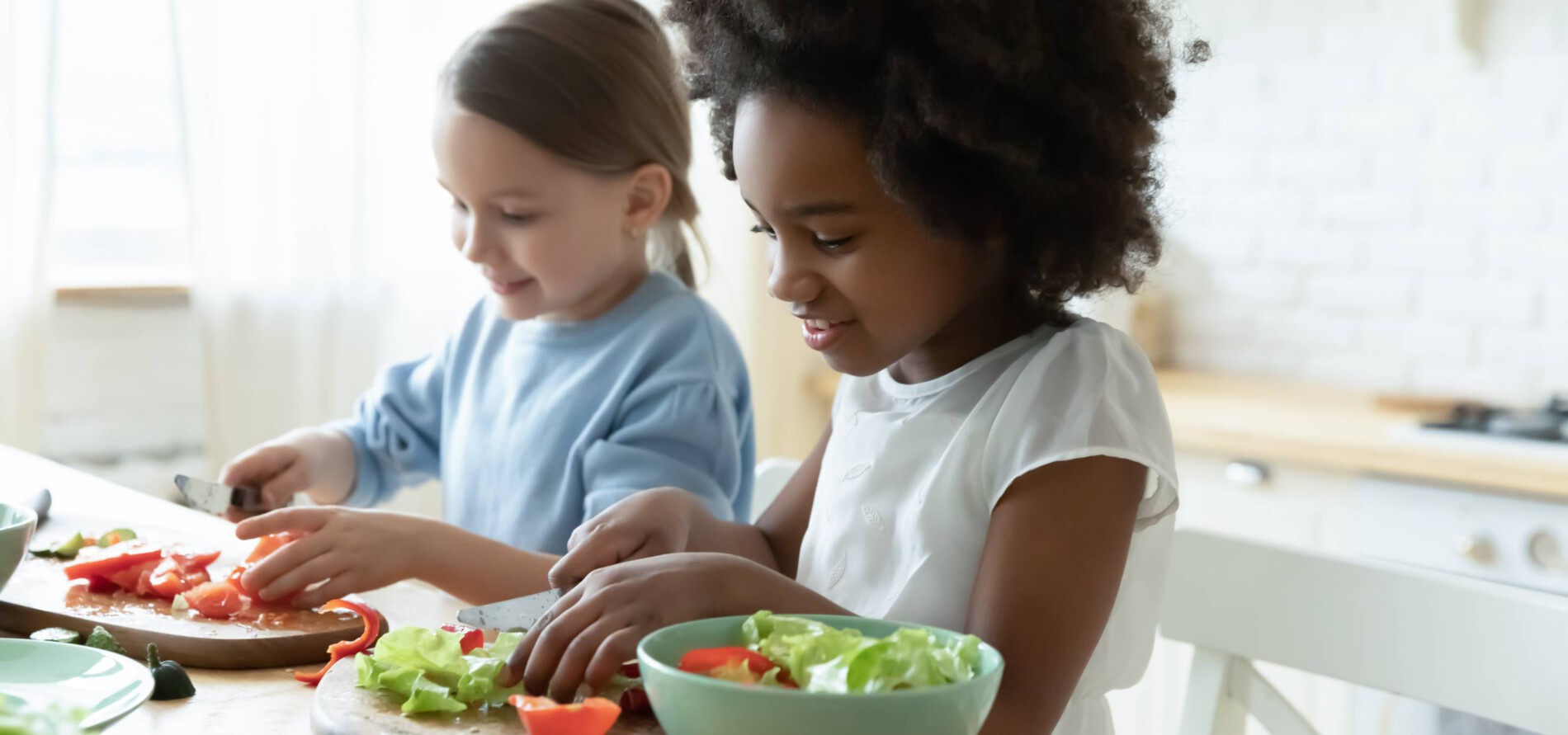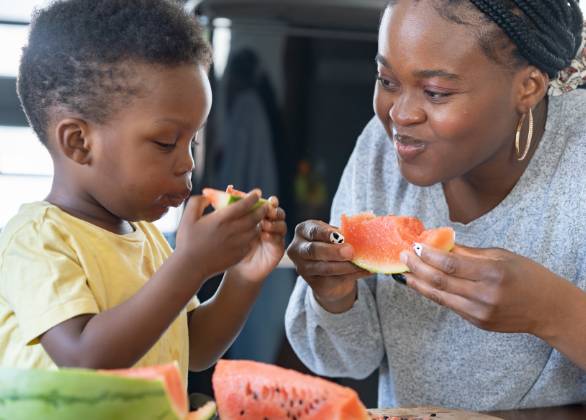More about Responsive Feeding Therapy
The Responsive Feeding Therapy (RFT) approach and respective values build on a body of research from the field of pediatric feeding and related areas of study. This includes, but is not limited to, responsive parenting, humanistic psychology, attachment theory and interpersonal neurobiology, theories of development, self-determination theory (SDT), and trauma physiology. (Rowell et al., 2023)











